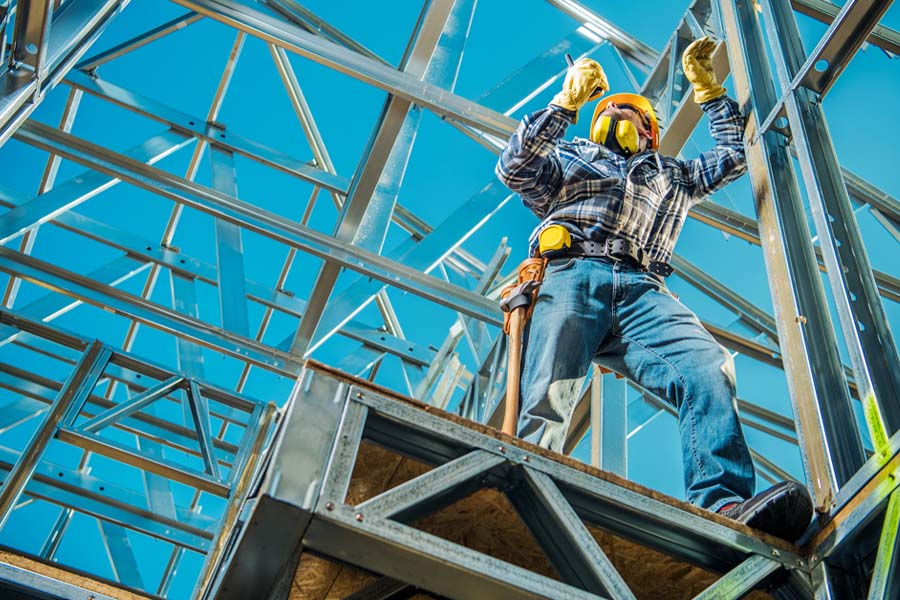
Tips to Survive a Hot Construction Summer on a Jobsite
For most people, the promise of a hot summer day after a frigid winter and a fickle spring brings thoughts of beaches, lemonades and short shorts. But if you’re a construction worker, summer can look like swamp butt, heat exhaustion and the dreaded thigh chafing. So, how do you survive a hot construction summer?
Clothes
Simply put, overexposure to heat, while doing laborious work, can lead to decreased productivity, illness or even death. Even acclimatized workers who are “used to” extremely hot temperatures in places like Las Vegas or Dubai still suffer deteriorating motor skills necessary for construction activities. Since buildings are constructed year-round, there’s got to be some tried-and-true ways to beat the heat.
There’s not a lot of cutoff shorts and tank tops on jobsites, so tradespeople wear the next best thing—lightweight fabric. New technology has made more air-permeable clothing that is 10% to 20% lighter than its predecessors while still being an effective barrier to workplace hazards. There’s also moisture-wicking socks and summer boots that are more breathable and lightweight than their winter counterparts. You can even put a cooling skull cap under your hardhat to stay dry.
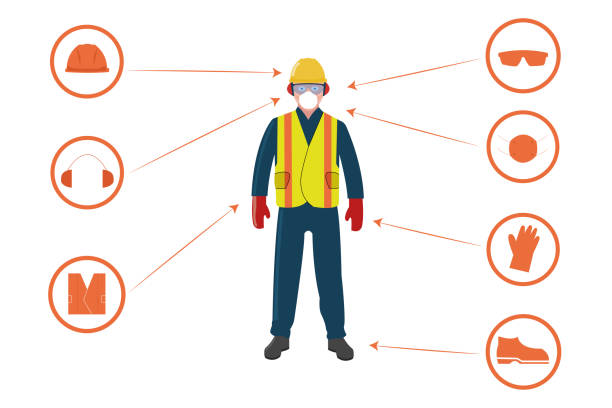
While protective gear is essential for construction safety, the summer sun makes it tempting to skip it. But what you should not skip is a good SPF protection. Many safety gear suppliers now sell clothes with SPF protection of 50+, detachable UV protection hard hat brims and anti-fog UV protection safety glasses. Pair this with a good UV protective sunscreen and lip balm, and your skin will be as smooth as your cement.
Water
No amount of external protection can override your internal cooling system. Here’s where good old water comes in. While your morning cup of coffee or after work beer can be a lifesaver, both beverages are diuretics that make you dehydrated.
Dehydration on a construction site is so dangerous—known to reduce cognitive function and impair decision-making—that some worksites in Australia conduct hydration testing during the summer months to make sure employees arrive hydrated and ready to work.
To combat the sun, drink 300 ml, or 10 oz., of water, sports drinks and electrolyte juices like cherry watermelon and orange every 15 minutes. Then find a bathroom. It’s better to drink frequently throughout the day than large quantities occasionally. Remember, by the time you feel thirsty, you’re already dehydrated.
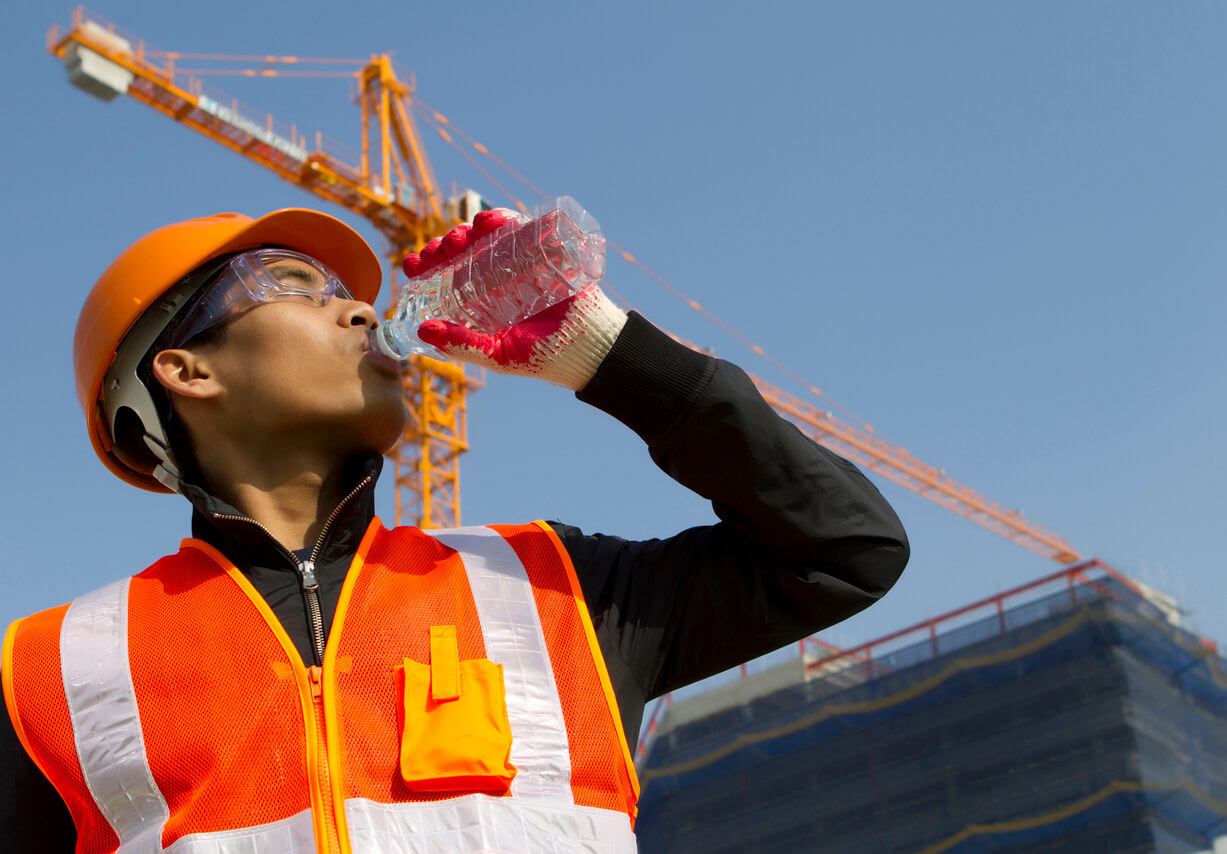
In addition to liquids, low-salt snacks, like fruits and veggies, can also boost hydration. If broccoli’s not your thing, try specialty electrolyte replenishing freeze pops. These are good for hydration and getting in touch with your inner child.
Thigh Rub and Worksites
OK, so you’re dressed in light clothes, you’re hydrated, but ouch—there’s a rash on your legs. Welcome to thigh rub. Even the most seasoned professional can still succumb to a summer heat-induced chafing on thighs, legs, chest and/or back. To combat it, you can wear compression or tight-fitting athletic shorts. You can also try some medicated powder or chafing crème. In a pinch, you can use some regular cornstarch-based baby powder, petroleum jelly or lip balm.
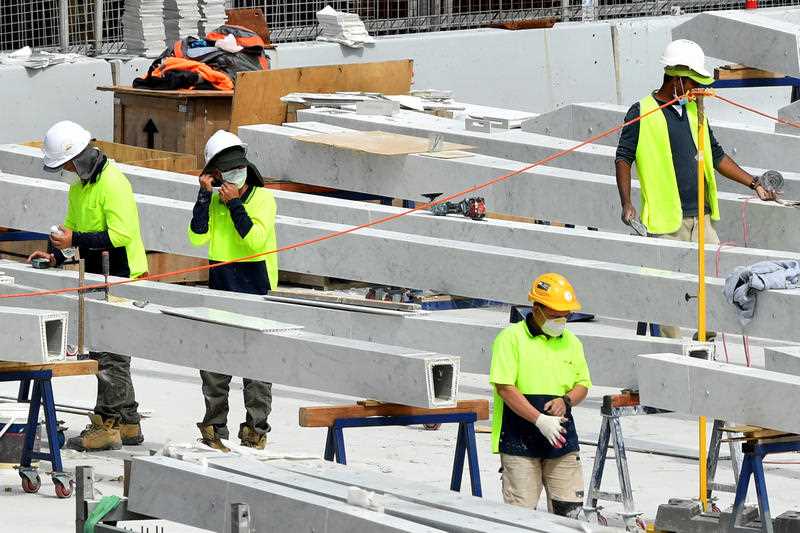
The summer heat can pose severe danger to construction workers. Revu Experts Vietnam hopes that these tips can help you to beat the heat and stay cool and productive over the next few months.
Share this post on:
Subscribe now
to receive newsletter with latest news weekly from Revu Experts Vietnam.
Related posts
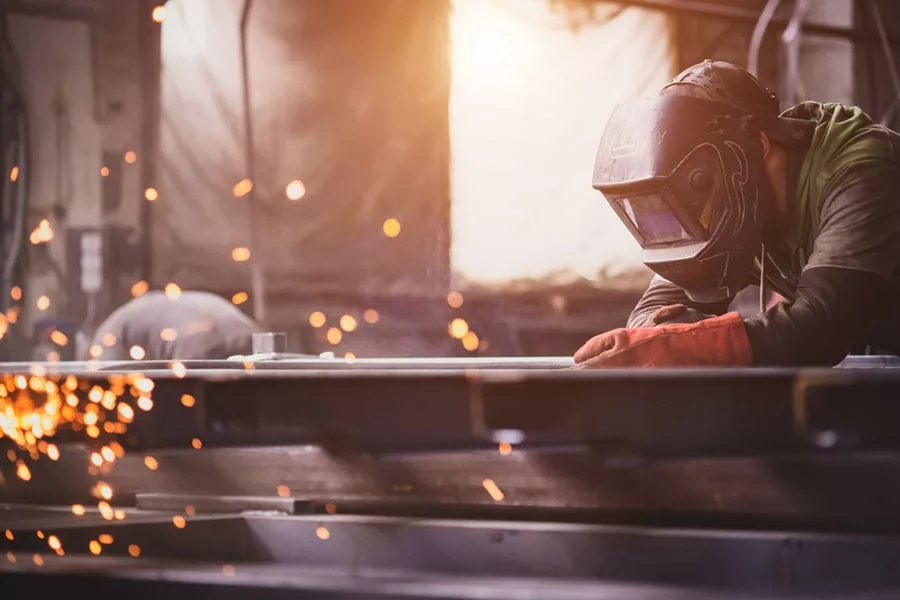
6 Bluebeam Features Excellent for Steel Professionals
Bluebeam has many capabilities that are ideal for the steel industry to get bids done faster and more efficiently.

The Top 3 Most Effective Construction Project Management Software
Let’s explore the top 3 most effective project management software currently shaping the complex landscape of the construction industry.

Bluebeam Revu and Archicad: Driving Design Collaboration
OpenBIM is the key to collaboration and allows teams to use multiple software tools easily, such as this example of Revu and Archicad.

Bluebeam and Graphisoft Integration: Linking Design and Collaboration for Architects
As an architect, the essential thing to consider when buying new software is how it will integrate with your existing systems and processes.

